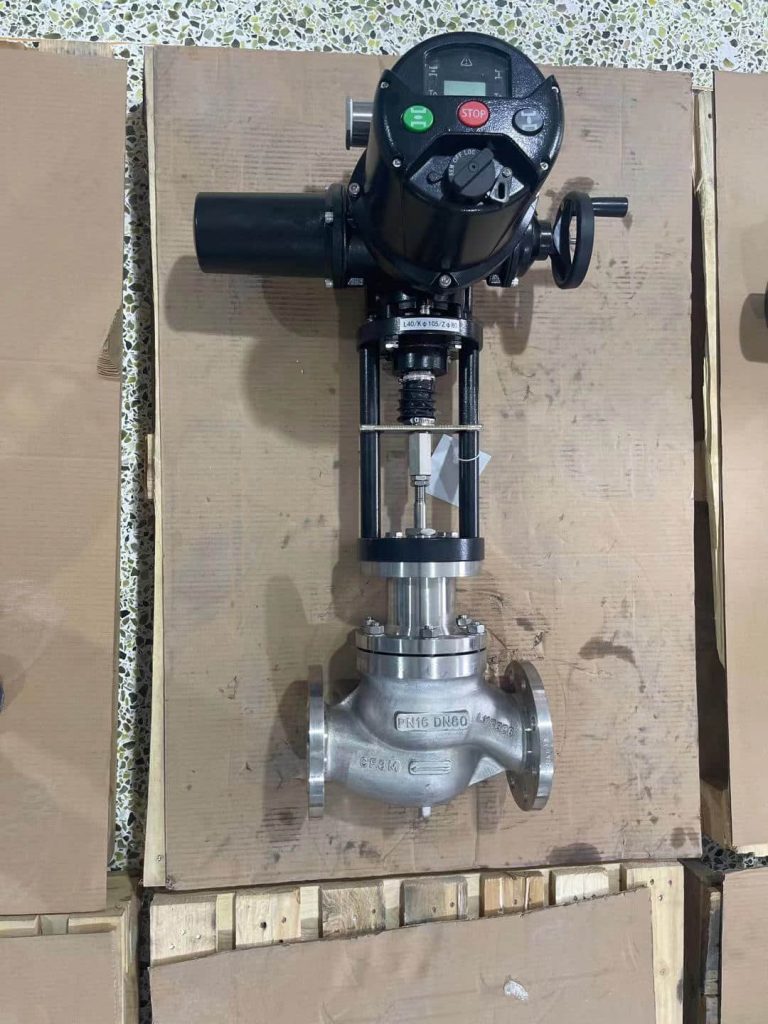In the world of industrial automation, the electric two-seat regulating valve plays a crucial role in ensuring the precise control and regulation of fluids within various systems. This article aims to provide a comprehensive understanding of the electric two-seat regulating valve, its working principles, structural design, advantages, and applications.

Working Principles The electric two-seat regulating valve combines the functionality of an electric actuator and a dual-seat valve. The electric actuator, typically driven by an electric motor, converts electrical signals into mechanical motion, which in turn actuates the valve. The dual-seat valve, with two valve seats positioned above and below the valve disc, allows for precise control of fluid flow by adjusting the position of the valve disc. Structural Design The structural design of the electric two-seat regulating valve is tailored to ensure both durability and efficiency. The dual-seat configuration ensures tight sealing, minimizing leakage and maximizing control accuracy. The valve disc, guided by precision bearings, moves smoothly, ensuring stable and reliable performance. The electric actuator, often equipped with position feedback sensors, allows for precise control of the valve’s position, ensuring accurate fluid regulation.
Leave a Reply